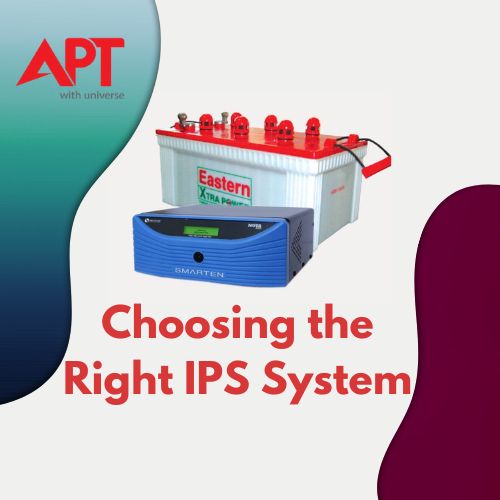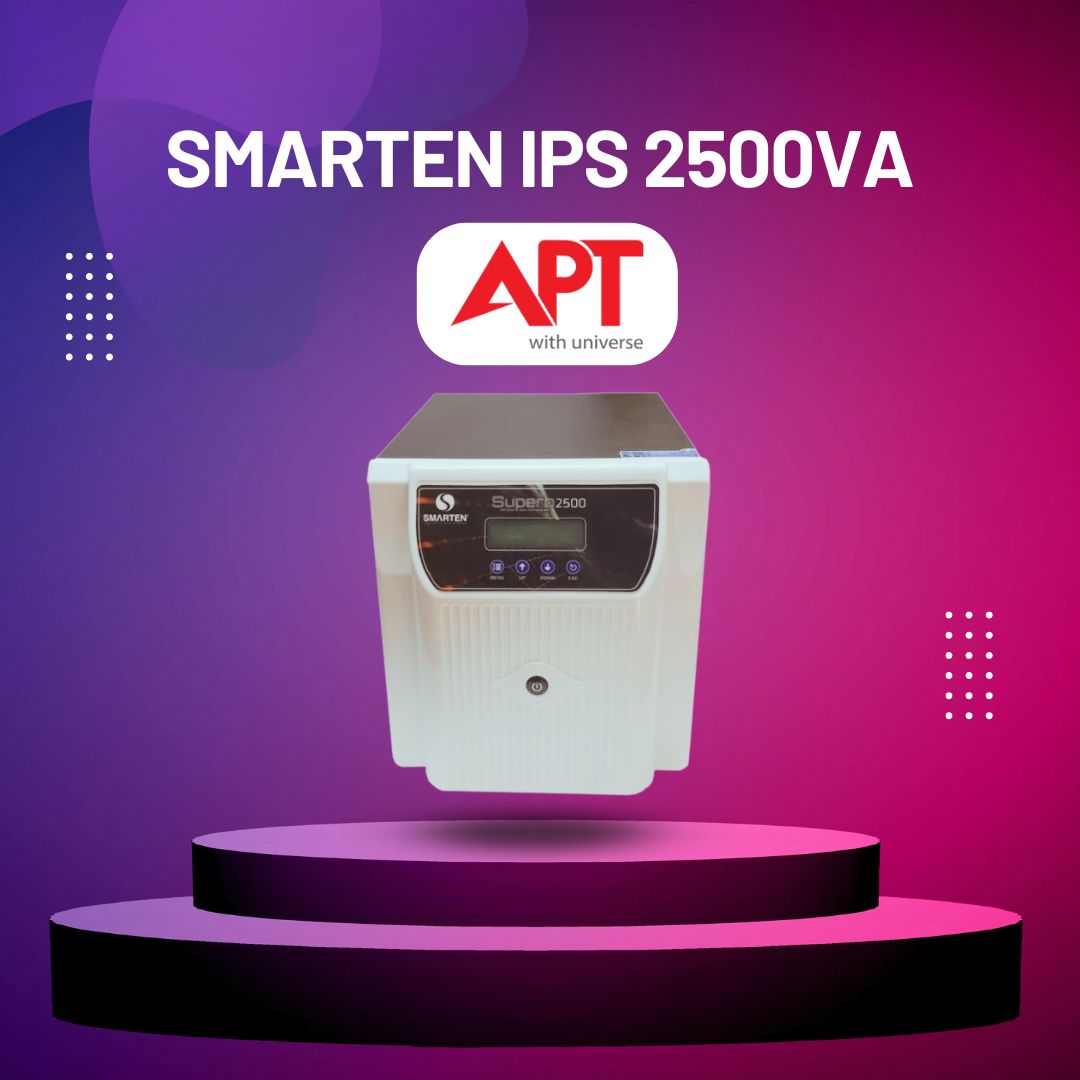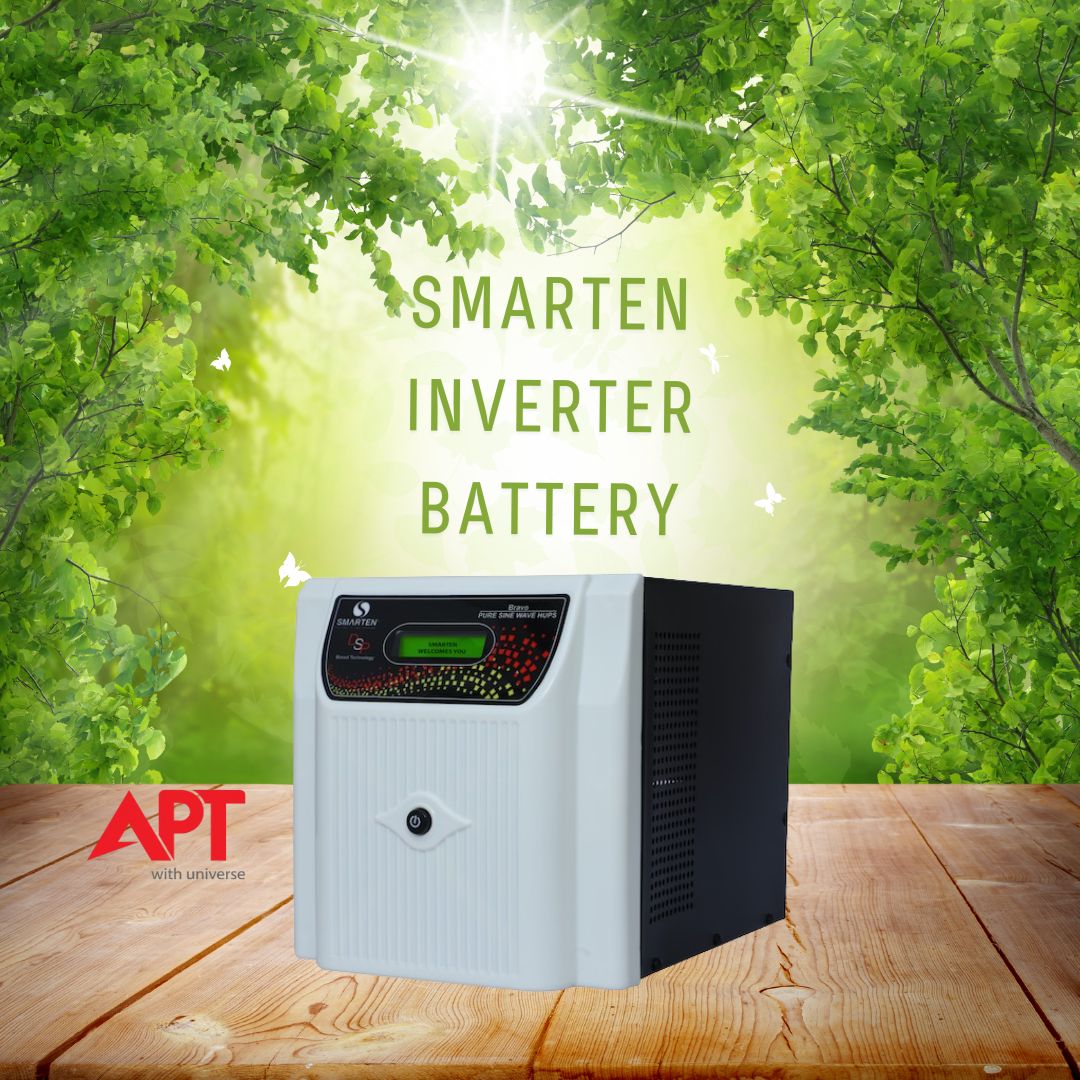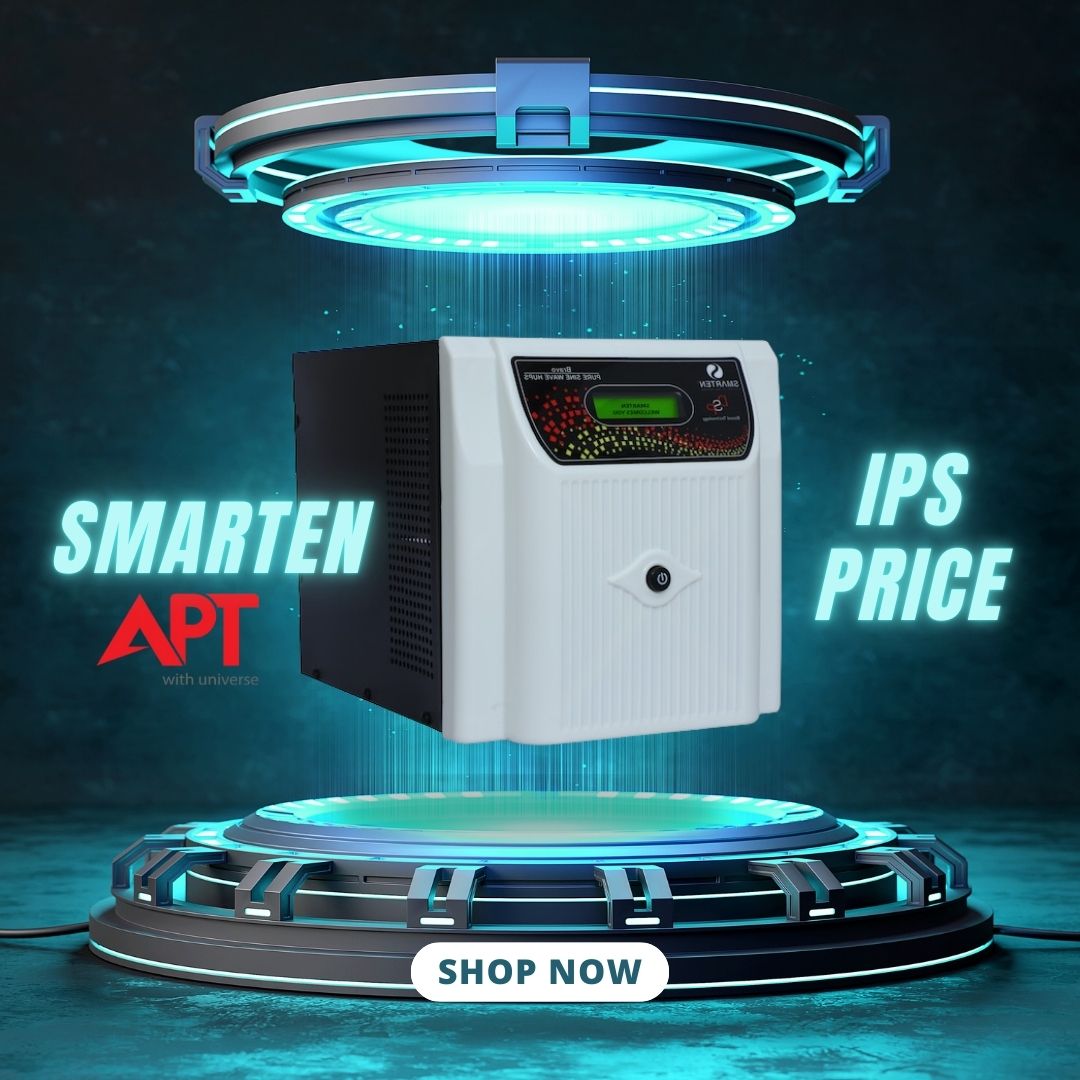A constant power source is necessary in today’s fast-paced world to maintain the smooth functioning of our daily lives. Power outages can disrupt work, communication, and daily chores, creating inconveniences and potential safety hazards. An Inverter Power System (IPS) serves as a crucial solution, ensuring that you have a dependable backup power supply to maintain the smooth operation of your house throughout these interruptions.
This comprehensive manual is intended to help you in selecting the right IPS system for your home. We’ll cover everything from understanding the basics of how an IPS solution to exploring the various types available on the market. By considering key factors such as power requirements, battery capacity, efficiency, and brand reputation, you can make an informed decision tailored to your specific needs. For your IPS system to last a long time and function at its best, proper installation and routine maintenance are also essential.
Whether you’re looking to support essential appliances during outages or ensure the safety and comfort of your household, this guide will provide you with the knowledge and insights needed to select the ideal IPS system for your home.
What is an IPS System?
An Inverter Power System (IPS) is a device that provides backup power to your home during electricity outages. It converts direct current (DC) from batteries into alternating current (AC), which is used to power household appliances. An IPS typically includes the following components:
- Inverter: Converts DC to AC.
- Battery: Stores electricity for use during power cuts.
- Charger: Charges the battery when there is electricity.
Why You Need an IPS System
Power outages are more than mere inconveniences; they can disrupt your daily life, affecting work, comfort, and safety. An Inverter Power System (IPS) is a reliable solution that ensures your home remains powered during such interruptions. Here’s why having an IPS system is crucial:
- Uninterrupted Work: In an era where remote work and online connectivity are essential, power cuts can significantly hinder productivity. An IPS system ensures that your computer, internet, and other essential devices continue to function, allowing you to work seamlessly without interruptions.
- Comfort and Convenience: Power outages can make life uncomfortable, especially during extreme weather conditions. An IPS system keeps your fans, lights, and other essential appliances running, ensuring that your home remains a haven of comfort regardless of external power issues.
- Safety: Darkness due to power cuts can pose safety risks, from increased chances of accidents to managed security service vulnerabilities. An IPS system ensures that your home stays well-lit and cisco secure ips, providing peace of mind for you and your family.
- Preservation of Food and Medication: Refrigerators and freezers are crucial for preserving food and medication. After an extended power loss, waste and spoiling may result. An IPS system ensures that your refrigerator continues to run, safeguarding your food and medications that require cold storage.
- Protecting Electronics: Frequent power outages can damage sensitive electronics due to power surges when electricity returns. An IPS system provides stable power, protecting your devices from potential damage and extending their lifespan.
In summary, an IPS system is an essential investment for any home. It ensures that your daily activities, work, and safety are not compromised during power outages. By maintaining a continuous power supply, an IPS system enhances your quality of life, making power cuts a minor inconvenience rather than a significant disruption.
Types of IPS Systems
Before choosing an IPS system, it’s essential to understand the different types available:
1. Pure Sine Wave Inverters:
- Advantages: Provide clean and stable power, suitable for sensitive electronics.
- Disadvantages: More expensive than other types.
2. Modified Sine Wave Inverters:
- Advantages: More affordable, suitable for less sensitive devices.
- Disadvantages: This can cause issues with some appliances, such as variable speed motors or sensitive electronics.
3. Square Wave Inverters:
- Advantages: Cheapest option, basic functionality.
- Disadvantages: Least efficient, not suitable for most household appliances.
Important Things to Think About When Selecting an IPS System
When selecting an IPS system for your home, consider the following factors:
1. Power Requirement:
- Calculate the total wattage of all the appliances you need to run during a power outage. This includes lights, fans, refrigerators, computers, and any other essential devices.
- Choose an IPS with a capacity that can handle the total load.
2. Battery Capacity:
- The battery capacity determines how long the IPS can provide power. It’s measured in Ampere-Hours (Ah).
- Higher capacity batteries provide longer backup time but are more expensive and take up more space.
3. Battery Type:
- Lead-Acid Batteries: Common and affordable, but require regular maintenance.
- Lithium-Ion Batteries: More expensive, longer lifespan, maintenance-free, and more efficient.
4. Efficiency:
- Check the IPS’s efficiency rating. Higher efficiency means less power loss during the conversion process, leading to better performance and lower electricity bills.
- Brand and Warranty: Select brands that have a solid reputation for dependability and customer service. Check the warranty period and what it covers.
5. Price:
- Balance your budget with the features you need. Remember that investing in a good quality IPS can save you money in the long run by providing reliable performance and durability.
Installation and Maintenance
For optimum performance, proper installation and routine maintenance are essential. And the longevity of your IPS system. Here are some concise yet essential tips for both installation and maintenance:
Installation
1. Professional Installation:
- Safety First: Hiring a professional for the installation of your IPS system ensures that all safety protocols are followed, reducing the risk of electrical hazards.
- Correct Setup: Professionals have the expertise to set up the IPS system correctly, ensuring all components are set up and connected correctly for best performance.
2. Ventilation:
- Avoid Overheating: Ensure the installation area has adequate ventilation to prevent the inverter and batteries from overheating, which can impair functionality and reduce lifespan.
- Space Management: Allocate enough space around the IPS system for proper airflow and ease of access during maintenance.
3. Battery Placement:
- Stable Surface: Place batteries on a stable and level surface to prevent any movement or tilting, which could damage the connections or the battery itself.
- Proximity to Inverter: Position the batteries close to the inverter to minimize power loss due to long cable runs.
Maintenance
1. Regular Checks:
- Battery Water Levels: For lead-acid batteries, check the water levels regularly and top up with distilled water as needed. Avoid overfilling.
- Clean Terminals: To prevent corrosion on battery terminals, remove any accumulation by using a mixture of baking soda and water.
2. Performance Testing:
- Periodic Testing: Regularly test your IPS system to ensure it switches over during power outages and provides the expected backup. This helps identify any issues early.
- Load Management: Avoid overloading the IPS system by connecting only essential appliances. Regularly review the load to ensure it remains within the system’s capacity.
3. Software Updates:
- Firmware Updates: Some advanced IPS systems come with firmware that can be updated. Verify the manufacturer’s updates to ensure your system is utilizing the most up-to-date software to enhance performance and security.
Visual Inspection:
- Routine Inspections: Perform visual inspections of the IPS system, looking for any signs of wear, damage, or loose connections. Address any issues promptly to avoid major failures.
By following these installation and maintenance guidelines, you can ensure that your IPS system operates efficiently and reliably, providing uninterrupted power when you need it most. Proper care and attention will maximize the lifespan and performance of your investment, giving you peace of mind during power outages.
Conclusion
Choosing the right IPS system for your home is essential for ensuring uninterrupted power during outages and maintaining your comfort, safety, and productivity. By understanding your power requirements, selecting the appropriate type and capacity of the inverter and battery, and considering factors such as efficiency, brand reputation, and cost, you can make a well-informed decision tailored to your specific needs.
Investing in a high-quality IPS system can save you money in the long run through reliable performance and durability. Proper installation by professional and regular maintenance, such as checking battery water levels and cleaning terminals, will ensure your system operates efficiently for years to come.
For a seamless experience, explore related articles on our website, such as guides on battery types, calculating power requirements, top IPS brands, installation tips, and maintenance advice. These resources will provide you with further insights and help you maximize the benefits of your IPS system.
With the right IPS system in place, you can enjoy peace of mind knowing that your home will remain powered even during unexpected outages. It utilizes the most up-to-date software to enhance performance and security without disruption. Make an informed choice today and secure a reliable backup power solution for your home.





